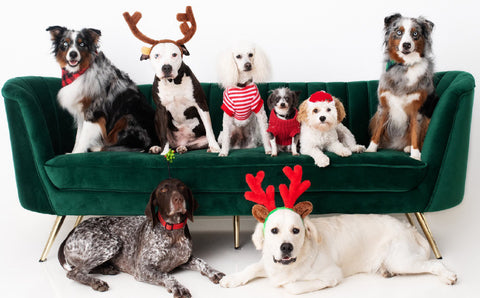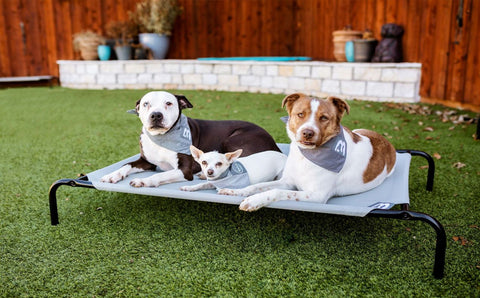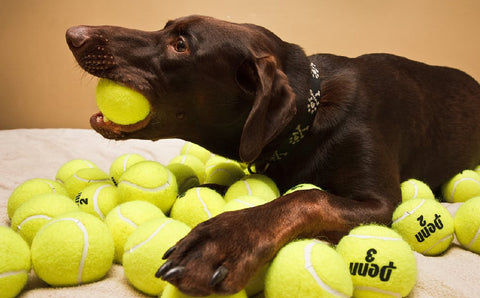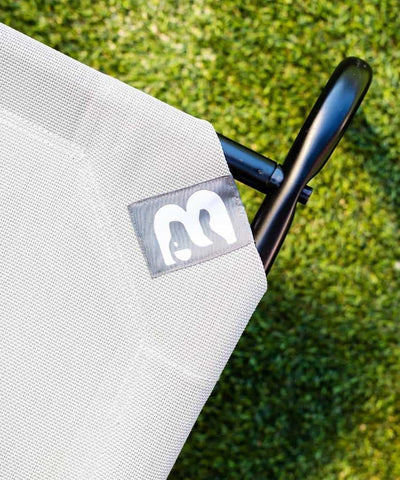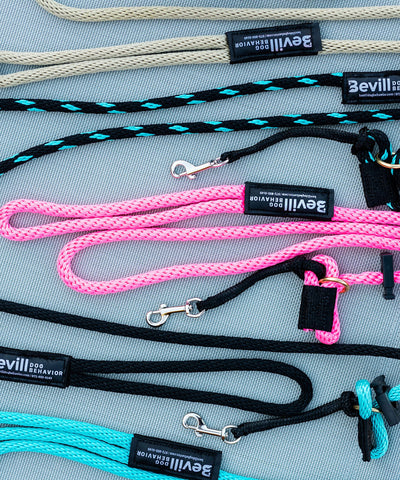Dogs are not immune to anxiety, just like humans. Whether it's triggered by separation, loud noises, or past traumas, dog anxiety can be a challenging issue to address. As a dog behaviorist with a focus on dog rehabilitation, I'm here to provide you with valuable insights into helping you and your dog overcome anxiety.
Understanding Dog Anxiety
Before we delve into rehabilitation techniques, it's crucial to understand the various types of anxiety that dogs can experience:
- Separation Anxiety: Dogs with separation anxiety become distressed when left alone. They may bark excessively, drool, whine, chew furniture, or have accidents indoors.
- Noise Anxiety: Loud noises such as thunderstorms or fireworks can trigger anxiety in some dogs, leading to trembling and hiding.
- Generalized Anxiety: Some dogs have a more generalized anxiety that may manifest as constant restlessness, excessive panting, or pacing.
- Social Anxiety: Dogs with social anxiety may feel uneasy around other dogs or people, leading to aggression or withdrawal.
- Past Trauma: Dogs that have experienced past traumas, such as abuse or neglect, may develop anxiety-related behaviors.
Rehabilitation Techniques
Now, let's explore some dog rehabilitation techniques that can help your dog overcome anxiety:
- Positive Exposure: Contrary to positive reinforcement, positive exposure involves gradual exposure to anxiety triggers in a controlled and comforting environment. This helps desensitize the dog to the triggers over time.
- Counterconditioning: This technique involves replacing negative associations with positive ones. For instance, if your dog is anxious about car rides, gradually associate car trips with enjoyable experiences like short rides to the park.
- Calming Aids: Consider using calming aids such as pheromone diffusers, anxiety wraps, or herbal supplements. These can help reduce anxiety symptoms. We recommend our CBD and Indica Tincture oils. They work incredibly well for dogs with anxiety. https://bevilldogbehavior.com/collections/cbd-cannabis
- Behavior Modification: Work with a dog behaviorist to identify and address specific triggers of anxiety. Behavior modification techniques can help reshape your dog's response to these triggers.
- Structure and Consistency: Dogs thrive on structure with clear, consistent, and fair communication and expectations. Do not become too routine – as this can create an addition to the routine and when the routine isn’t followed the dogs fall apart. Give your dog everything the need every day to be fulfilled and happy – just do it on your terms. This can provide a sense of security for anxious dogs.
- Professional Guidance: Don't hesitate to seek the expertise of a dog behaviorist or trainer who specializes in anxiety rehabilitation. They can tailor a plan to your dog's specific needs.
Rehabilitating a dog with anxiety requires patience, dedication, and a commitment to understanding your dog’s unique needs. Remember that each dog is different, and what works for one may not work for another. Stay neutral and open-minded in your approach, seeking professional guidance when necessary. With time and effort, you can help your dog find relief from anxiety and lead a happier, more balanced life.


